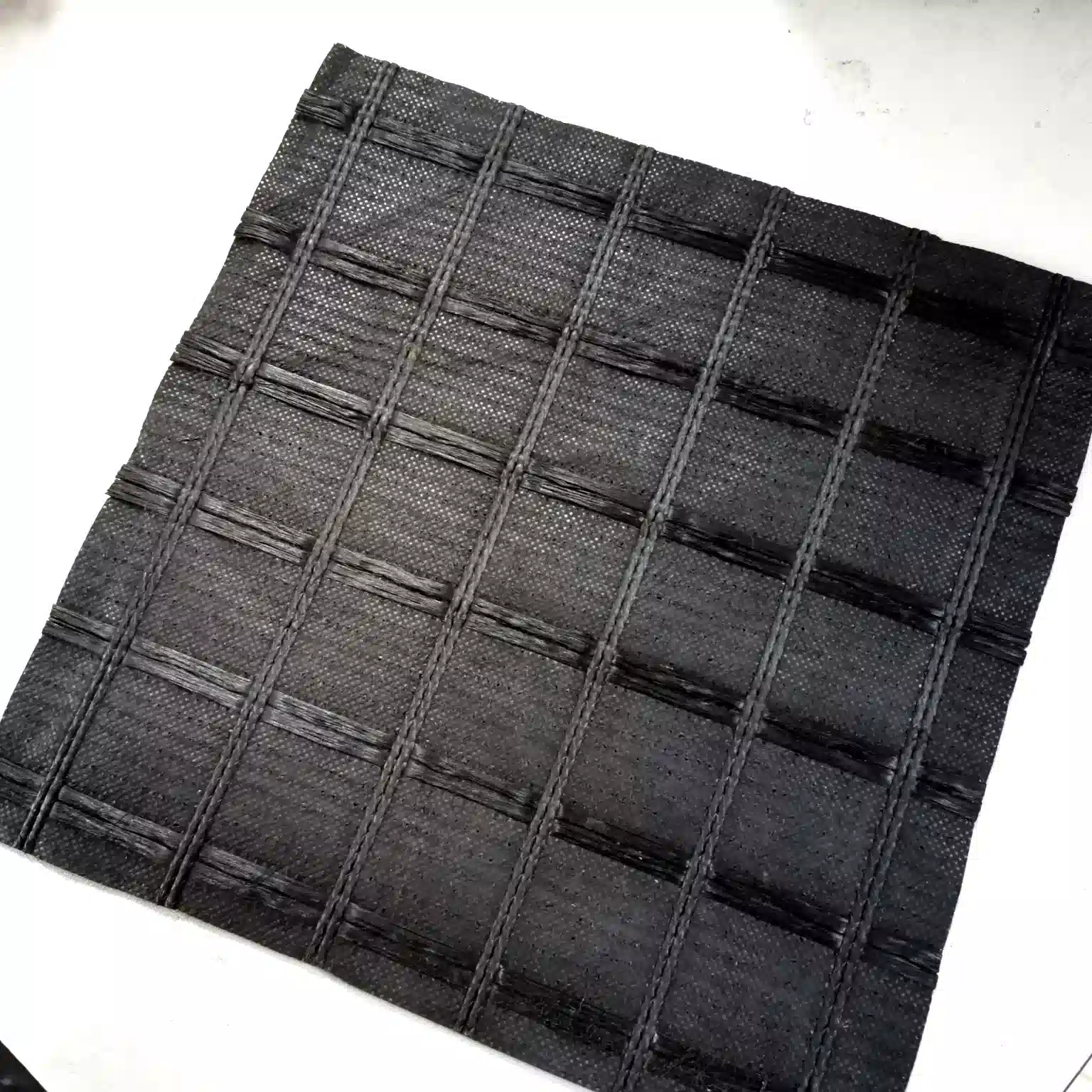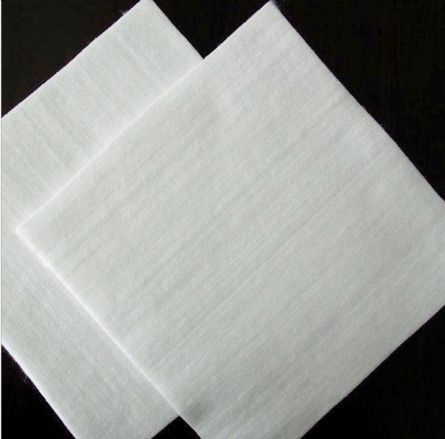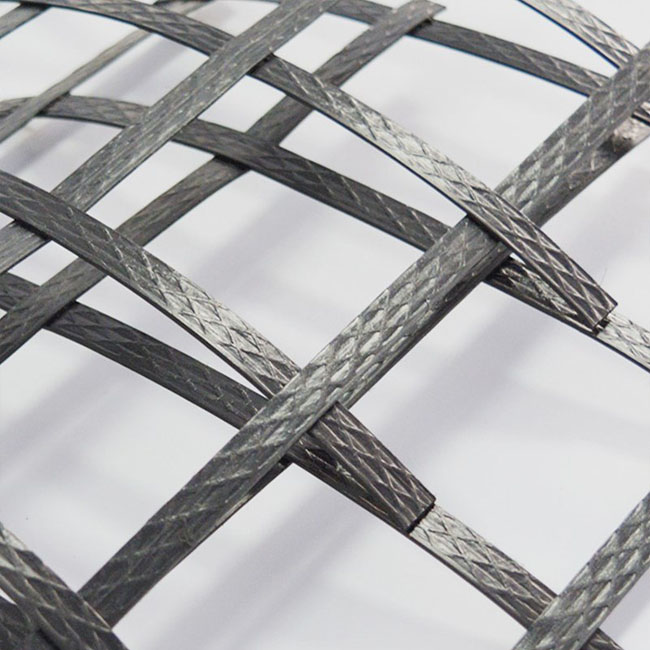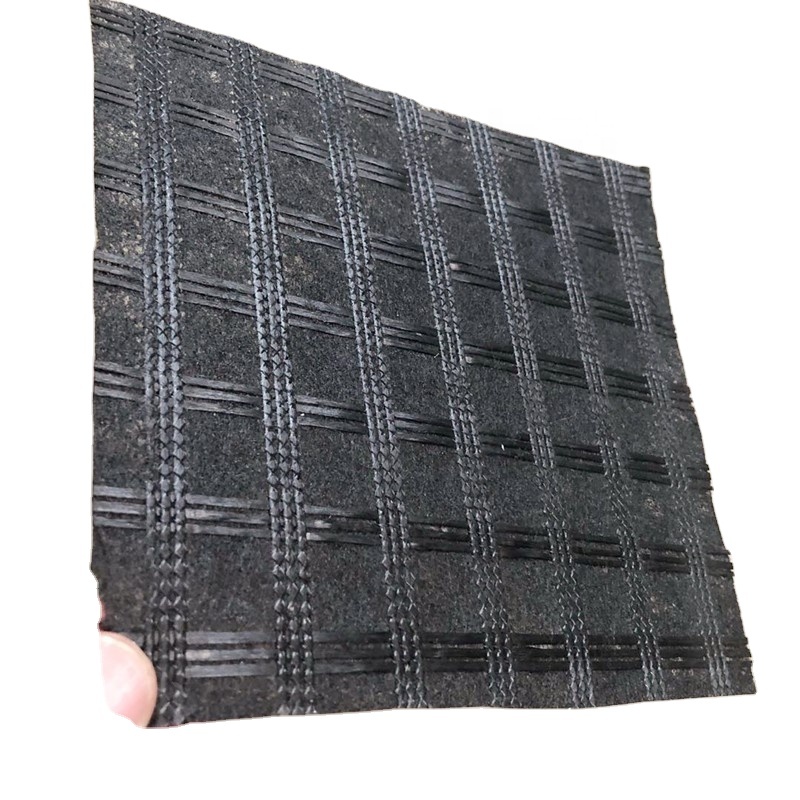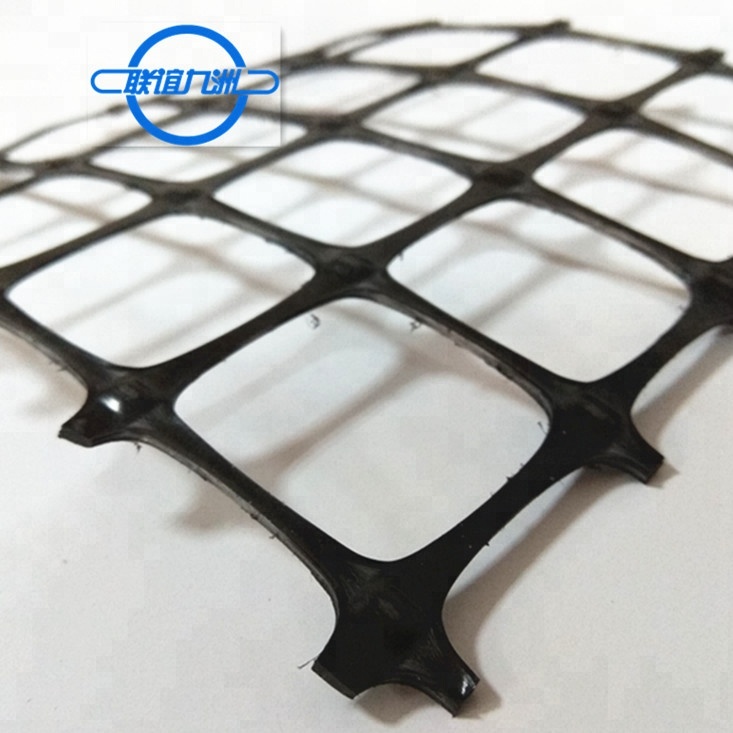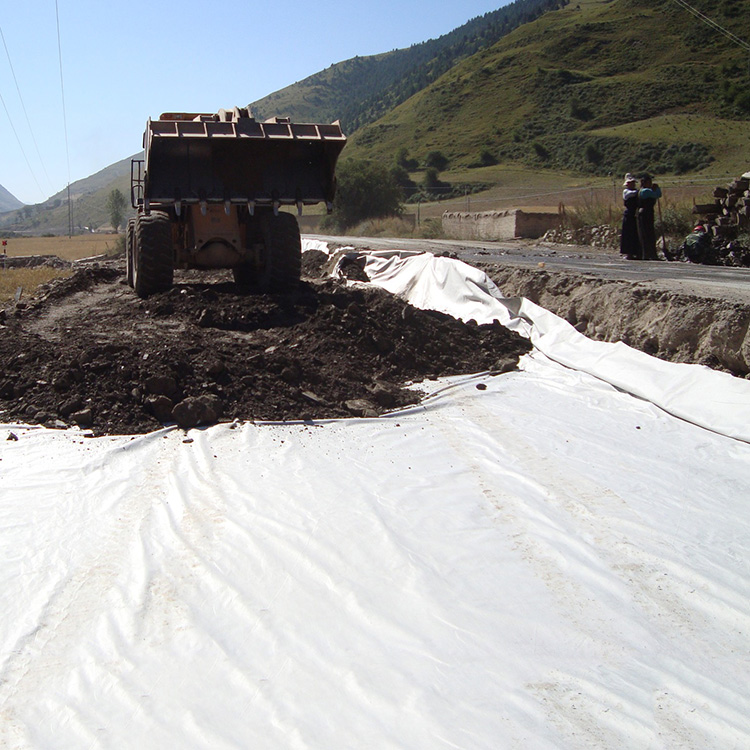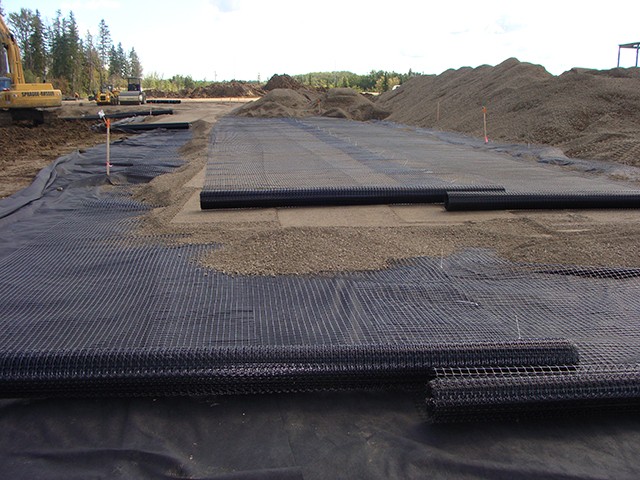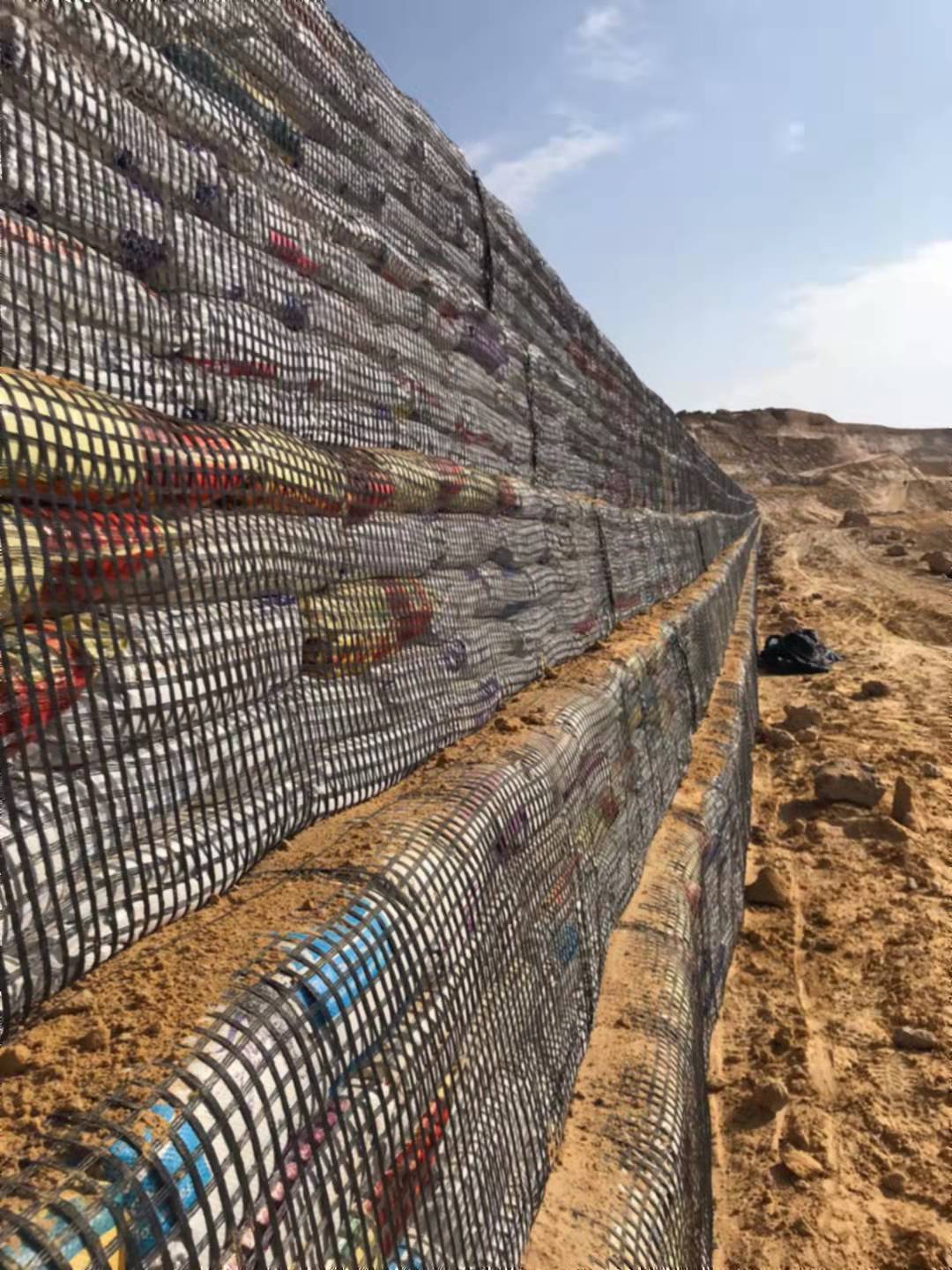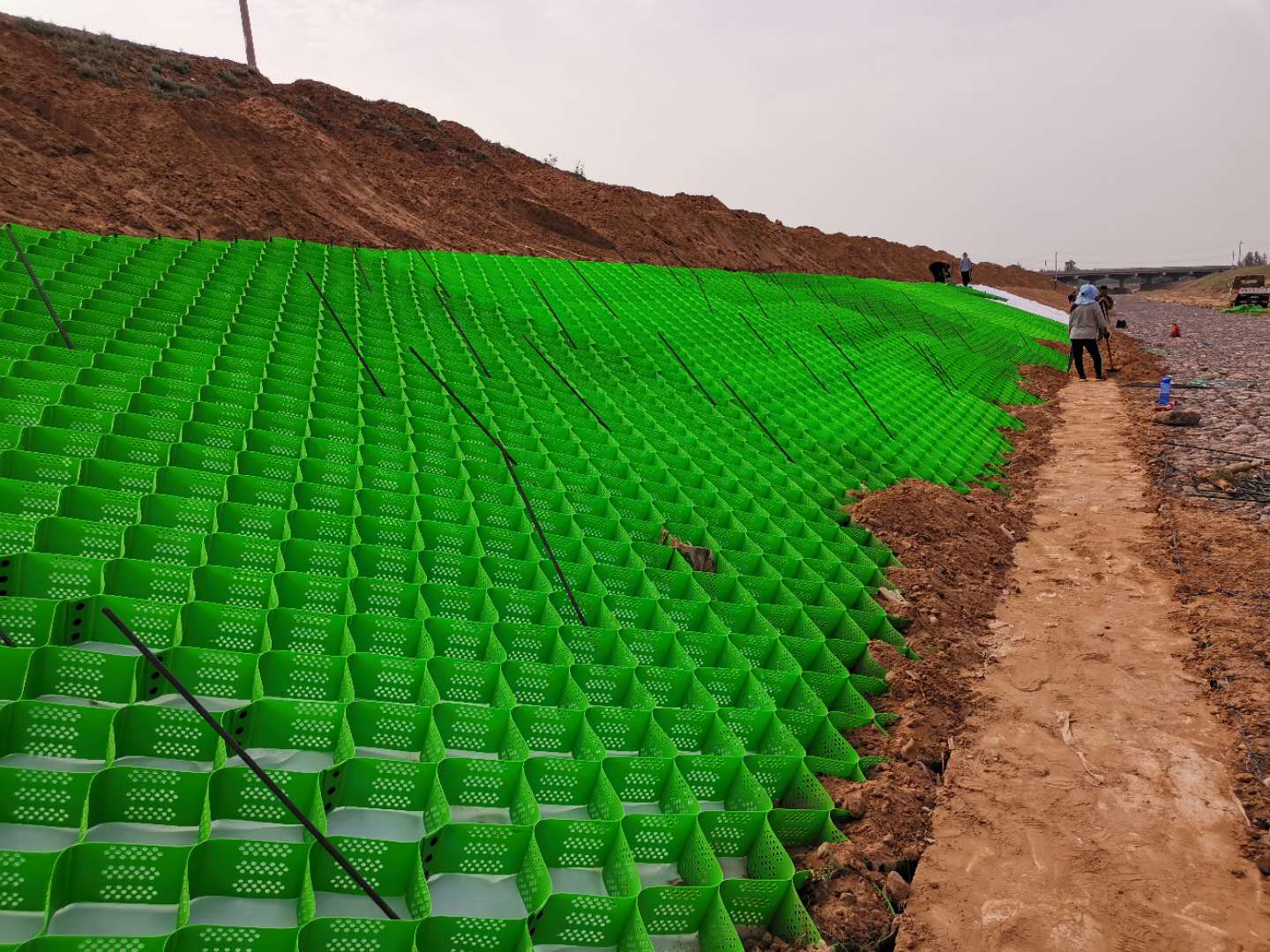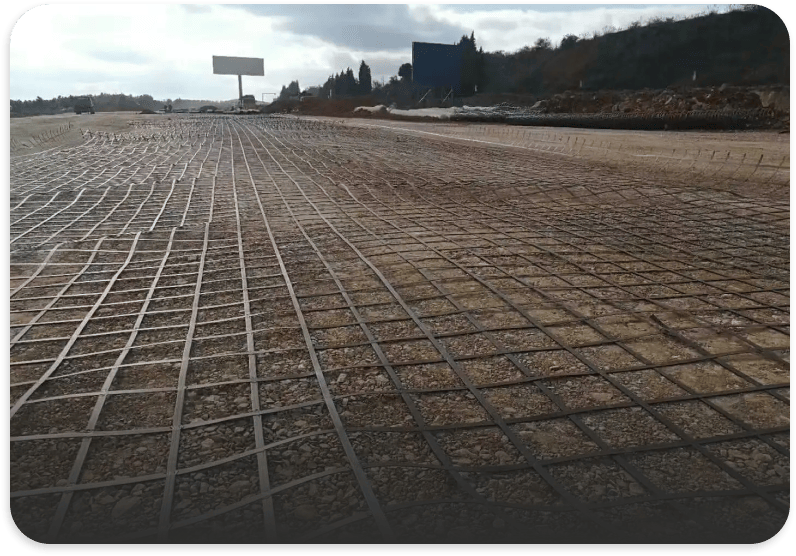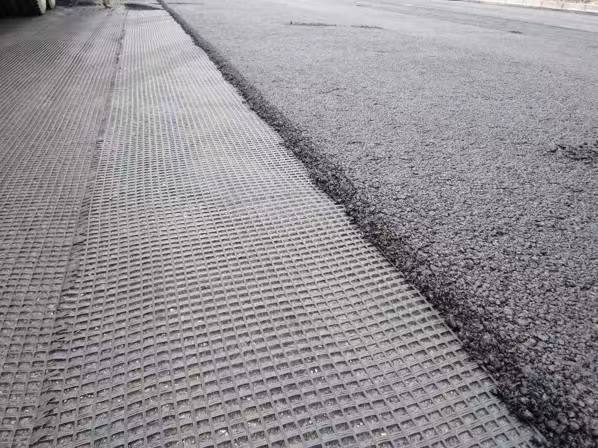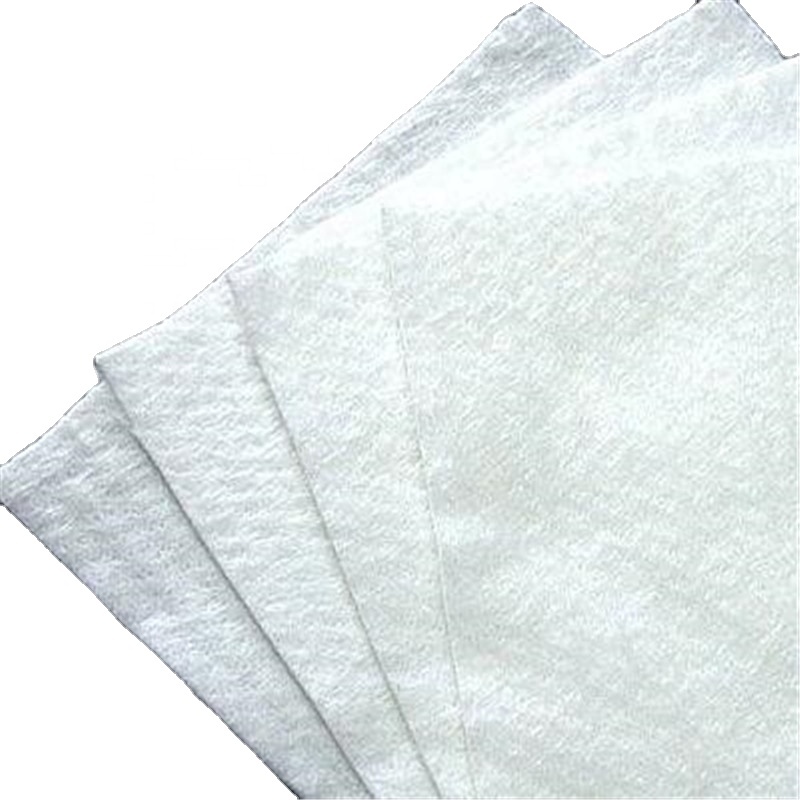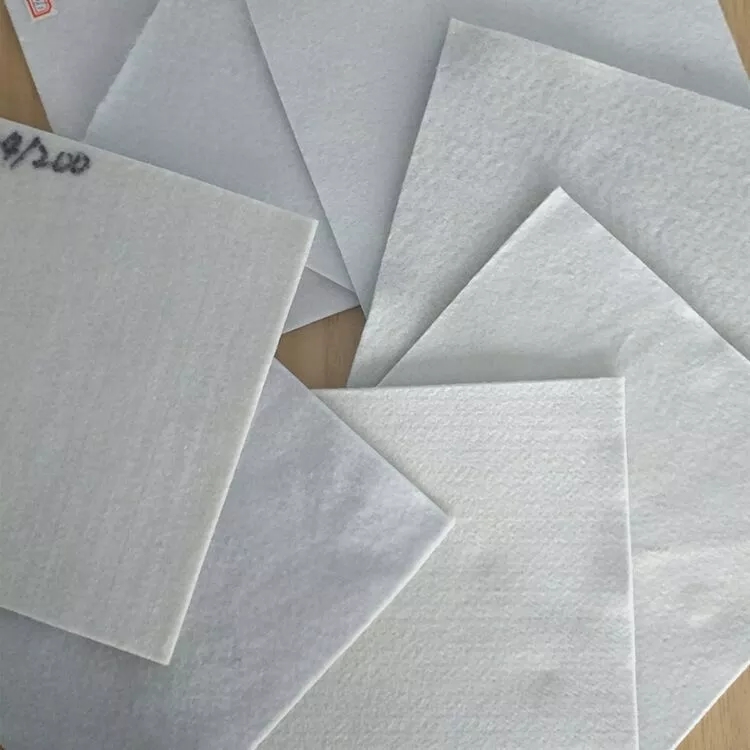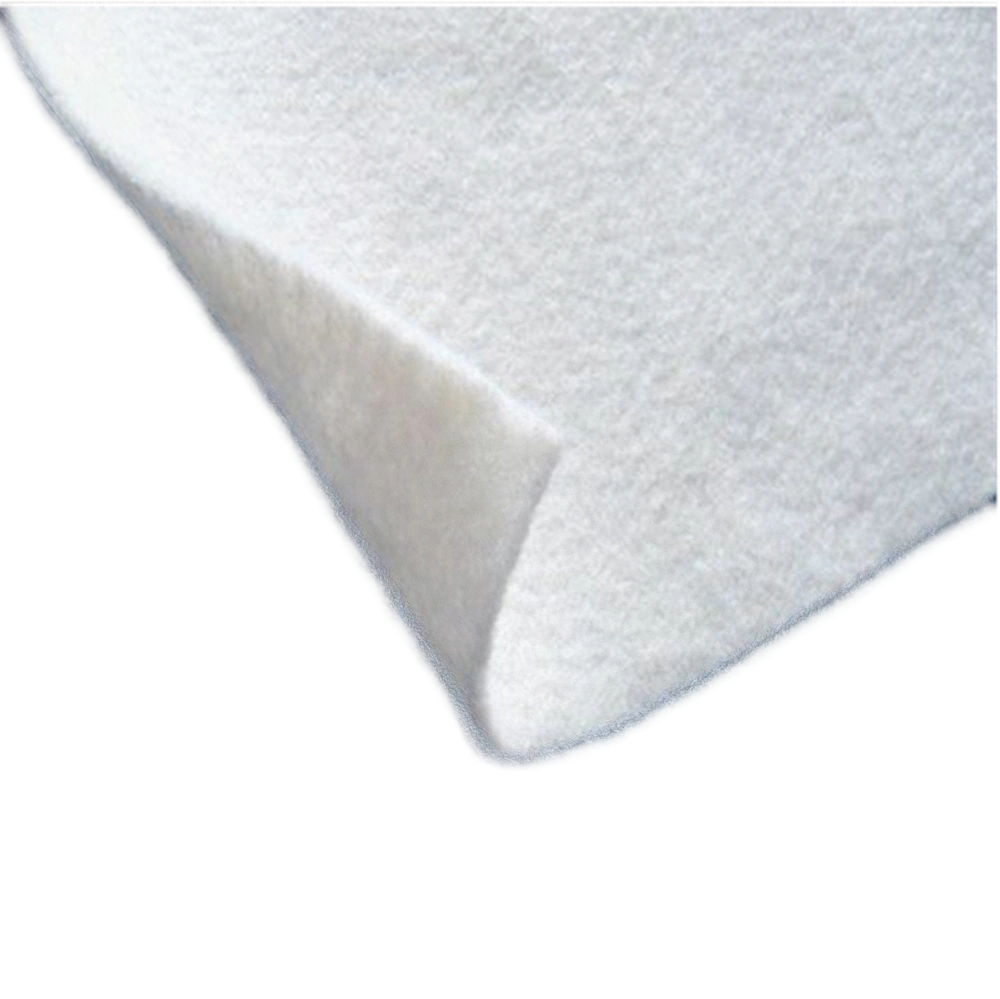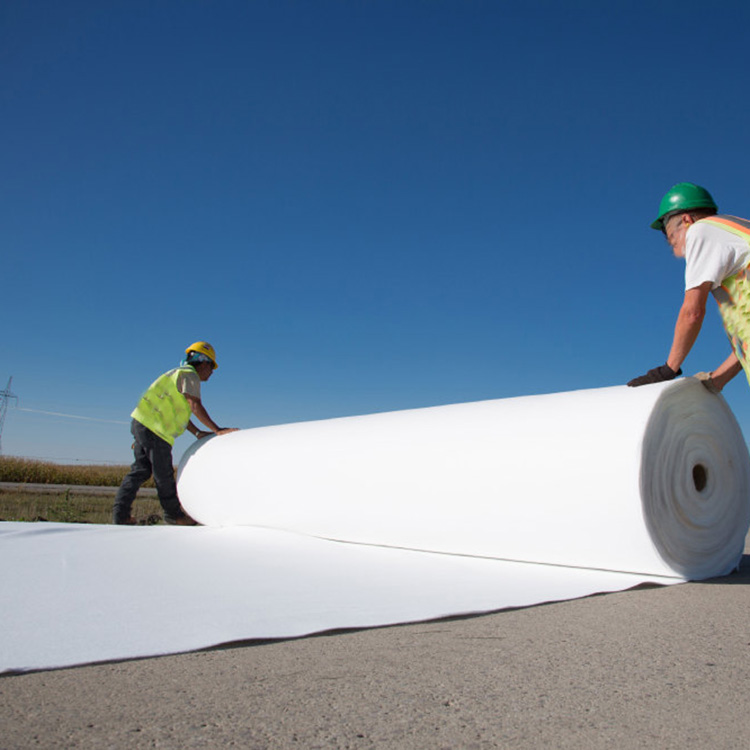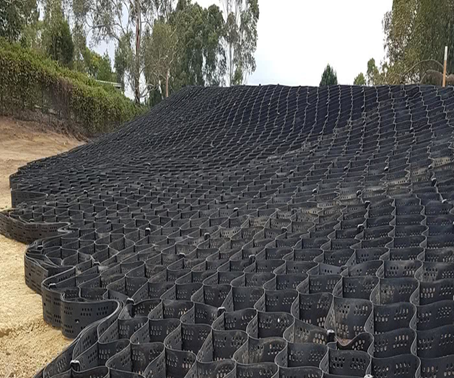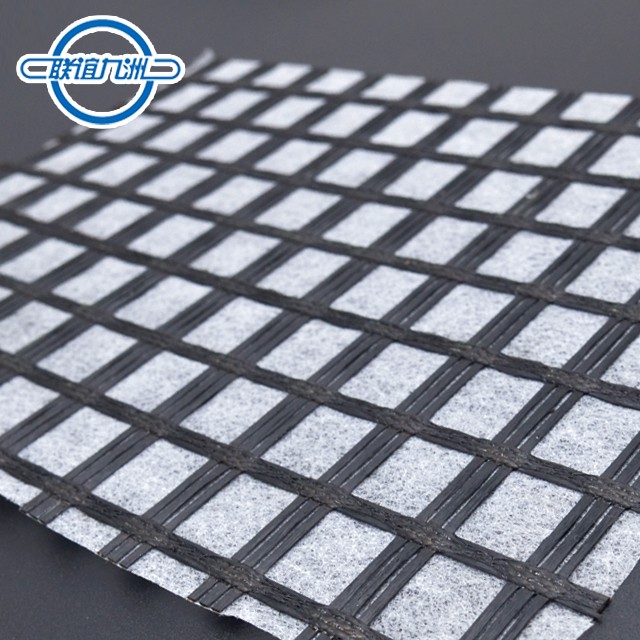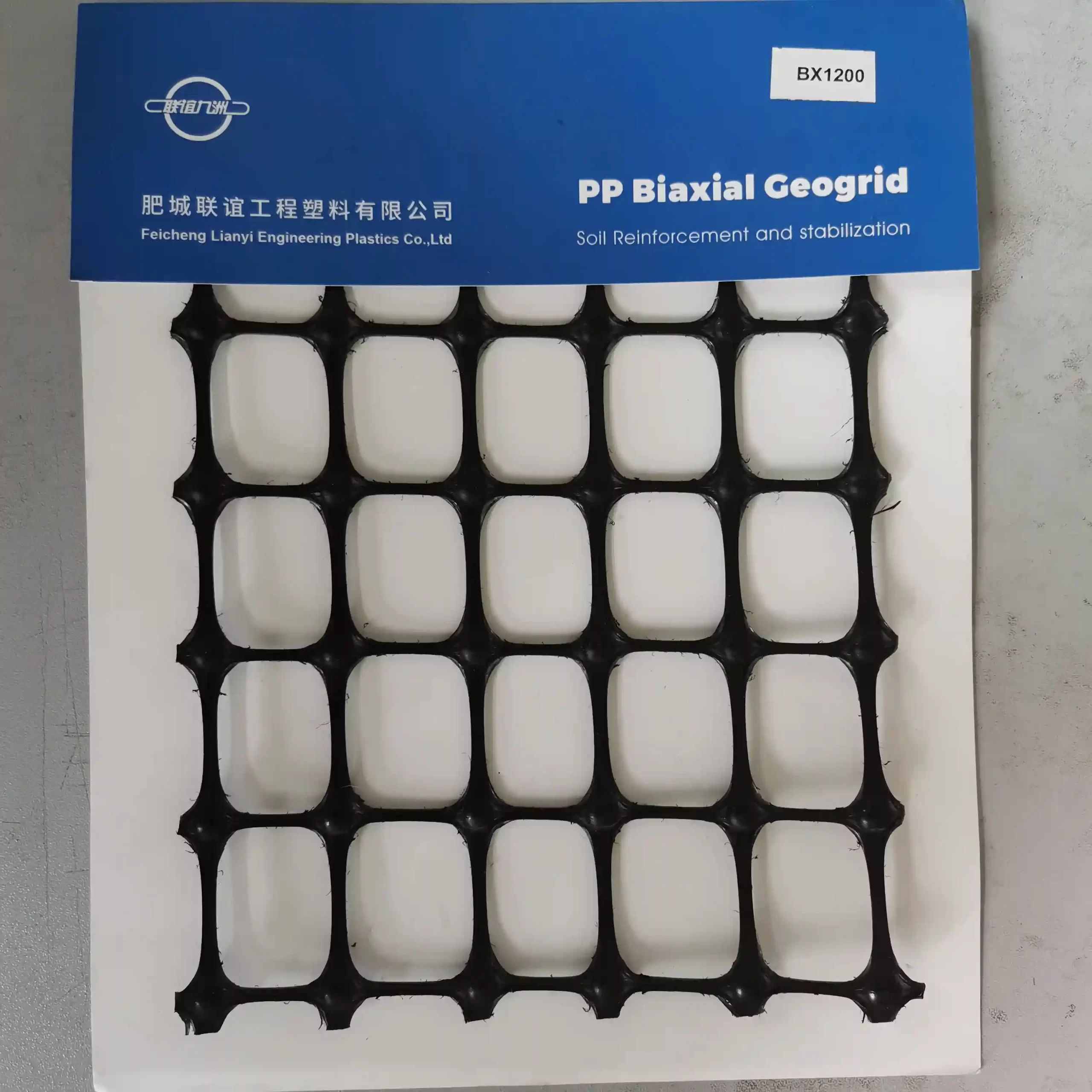PET Nonwoven Geotextile
Introduction
PET nonwoven geotextile is made from high quality PET staple fibres througth needle punching process which mechanically interlocks the staple fibers using barbed needles.
Choose Nonwoven Geotextile
- Filtration: Geotextiles effectively filter soil particles while allowing water to pass through. This property helps in preventing soil erosion and maintaining the stability of embankments, slopes, and other structures.
- Separation: Geotextiles act as a barrier between different soil layers or between soil and other materials (such as aggregates or geomembranes), preventing intermixing and maintaining the integrity of engineered structures. This separation function enhances the performance and longevity of roads, railways, retaining walls, and other infrastructure projects.
- Drainage: Nonwoven geotextiles facilitate water drainage by allowing excess water to flow freely while retaining soil particles. This drainage capability helps in reducing hydrostatic pressure, preventing waterlogging, and improving the stability of soil structures.
- Soil Reinforcement: These geotextiles enhance the mechanical properties of soil by distributing applied loads, reducing soil settlement, and increasing bearing capacity. They are commonly used in soil stabilization applications for roads, parking lots, and building foundations.
Quality control and testing procedures
To present high quality, reliable and sustainable geotextiles, Lianyi strictly follows ISO standards and domestic manufacturing standards.
Characteristics
- Structure: Needle-punched geotextiles are made from synthetic fibers (polypropylene, polyester, or a blend) that are mechanically entangled using barbed needles. This process creates a three-dimensional network of fibers with pore spaces between them.
- Strength: They exhibit high tensile strength, tear resistance, and puncture resistance, making them suitable for applications where reinforcement and stabilization of soil are required.
- Porosity: The needle-punching process creates a geotextile with uniform pore sizes, allowing water to pass through while retaining soil particles. This property is crucial for drainage and filtration applications.
- Durability: They are resistant to UV degradation, biological degradation, and chemical attack, ensuring long-term performance in various environmental conditions.
- Flexibility: Needle-punched geotextiles are flexible and conformable, adapting well to irregular surfaces and terrain.
Manufacturing Process
- Material Preparation: Synthetic fibers (typically polypropylene or polyester) are prepared in staple form, which are short lengths of fibers.
- Web Formation: The fibers are carded and laid onto a conveyor belt or drum to form a loose web.
- Needle-Punching: Barbed needles are repeatedly punched through the web of fibers, mechanically entangling the fibers and binding them together. This process creates a nonwoven fabric with interlocking fibers.
- Finishing: The needle-punched fabric may undergo additional treatments such as calendaring (to smooth the surface), heat setting (to stabilize dimensions), or coating (for specific applications).
Testing Methods
- Tensile Strength Testing:
- Standard: ASTM D4632 (Standard Test Method for Grab Breaking Load and Elongation of Geotextiles).
- Procedure: A sample of the geotextile is clamped in a tensile testing machine. Force is applied until the sample breaks, recording the tensile strength and elongation at break.
- Puncture Resistance Testing:
- Standard: ASTM D4833 (Standard Test Method for Index Puncture Resistance of Geomembranes and Related Products).
- Procedure: A puncture testing device applies force to a standard-sized sample until penetration occurs, measuring the resistance to puncture.
- Permeability Testing:
- Standard: ASTM D4491 (Standard Test Methods for Water Permeability of Geotextiles by Permittivity).
- Procedure: Measures the flow rate of water through the geotextile under a constant head, determining its permeability.
- Thickness and Density Testing:
- Standard: ASTM D5199 (Standard Test Method for Measuring the Nominal Thickness of Geosynthetics).
- Procedure: A micrometer measures the thickness of the geotextile, while weight and area measurements determine its density (mass per unit area).
- UV Resistance Testing:
- Standard: ASTM D4355 (Standard Test Method for Deterioration of Geotextiles by Exposure to Light, Moisture, and Heat in a Xenon-Arc Type Apparatus).
- Procedure: The geotextile is exposed to UV radiation in a controlled environment to simulate long-term exposure to sunlight. Changes in tensile strength and elongation are measured.
- Chemical Resistance Testing:
- Standard: ASTM D543 (Standard Practices for Evaluating the Resistance of Plastics to Chemical Reagents).
- Procedure: The geotextile is exposed to various chemicals, and its physical and mechanical properties are assessed for changes.
